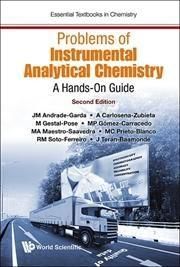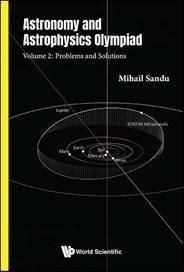Celestial and Stellar Dynamics
出版済み 3-5週間でお届けいたします。
Title: Celestial and Stellar Dynamics Author: Ryden, Barbara (The Ohio State University) Publisher: Cambridge University Press ISBN: 9781108836432 Cover: HARDCOVER Date: 2025年01月 DESCRIPTION 天文学を学ぶ高学年の学部生と大学院生のためのこの教科書は、天体力学の分野を取り上げながら太陽系外惑星と私たちの太陽系への応用を扱います。銀河や銀河団などのより大きな系への応用とともに恒星系力学の分野も取り上げます。 Although the field of celestial dynamics - the application of Newtonian dynamics to systems with a relatively small number of celestial bodies - is centuries old, it has been reinvigorated by the discovery of thousands of exoplanetary systems orbiting other stars. This textbook uses the properties of planetary systems, including own Solar System, to illustrate the rich variety of behavior permitted by Newton's law of gravity. The textbook then expands its view to examine stellar dynamics - the study of systems containing a very large number of stars or other celestial bodies. The different techniques used for celestial dynamics and stellar dynamics are compared and contrasted. However, throughout the text, emphasis is placed on the underlying physics that applies on scales as small as the Earth-Moon system and as large as a cluster of galaxies. It is ideal for a 1-semester astrophysical dynamics course for upper-level undergraduates and starting graduate students. * Covers both celestial dynamics and stellar dynamics, which are often taught separately despite being based on the same principles of Newtonian gravity * Focuses on key physical processes for a concise, focused coverage, avoiding topics that are only of real interest to specialists * Mathematical derivations are complemented with physical intuition and motivated by order of magnitude calculations, allowing students to understand why certain effects are important, and what causes them * Integrates observational results with the theoretical calculations, using a wide range of examples, giving students a better understanding of how the field developed, as well as a broader astrophysical context TABLE OF CONTENTS Preface 1. Newtonian Dynamics 2. Three-body Systems 3. Resonances and Chaos 4. Tides 5. Exoplanetary Systems 6. Many-Body Systems 7. Orbits 8. Collisionless Stellar Systems 9. Encounters Between Stellar Systems 10. Relaxation and Collisional Systems Appendix A: Constants and Units Further Reading References Figure Credits Index. 最近チェックした商品
18,052円(税1,641円) 23,892円(税2,172円)

|
||||||||||||||||||||||||||||||||||||||||||||||||




























